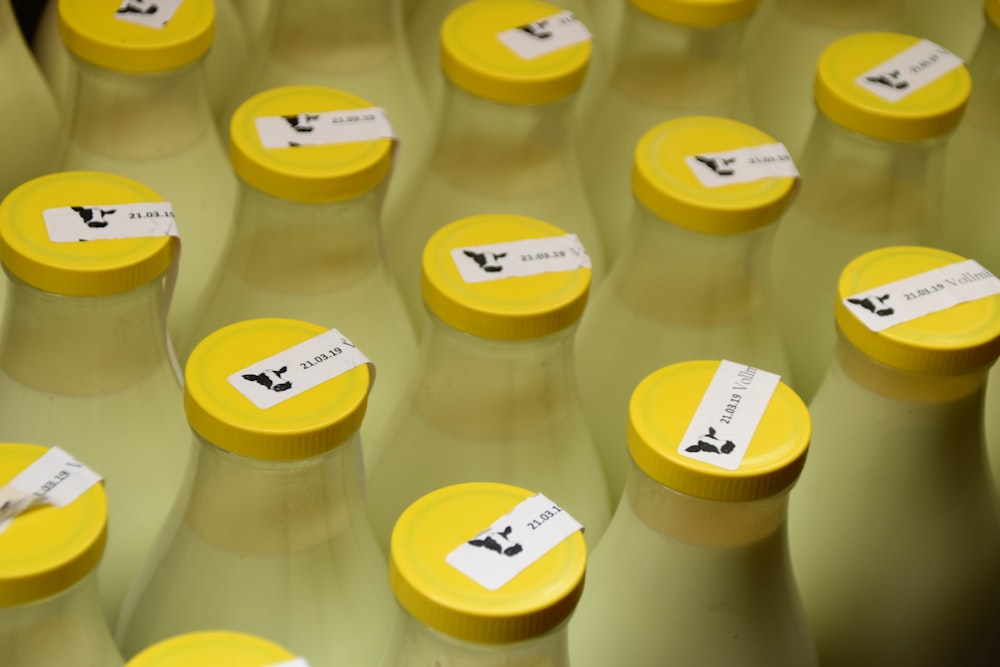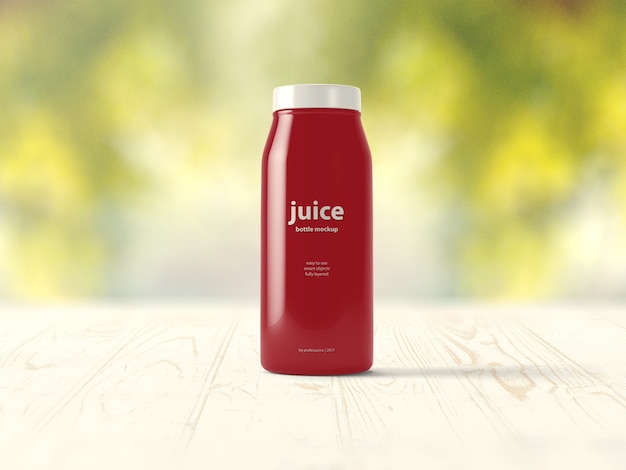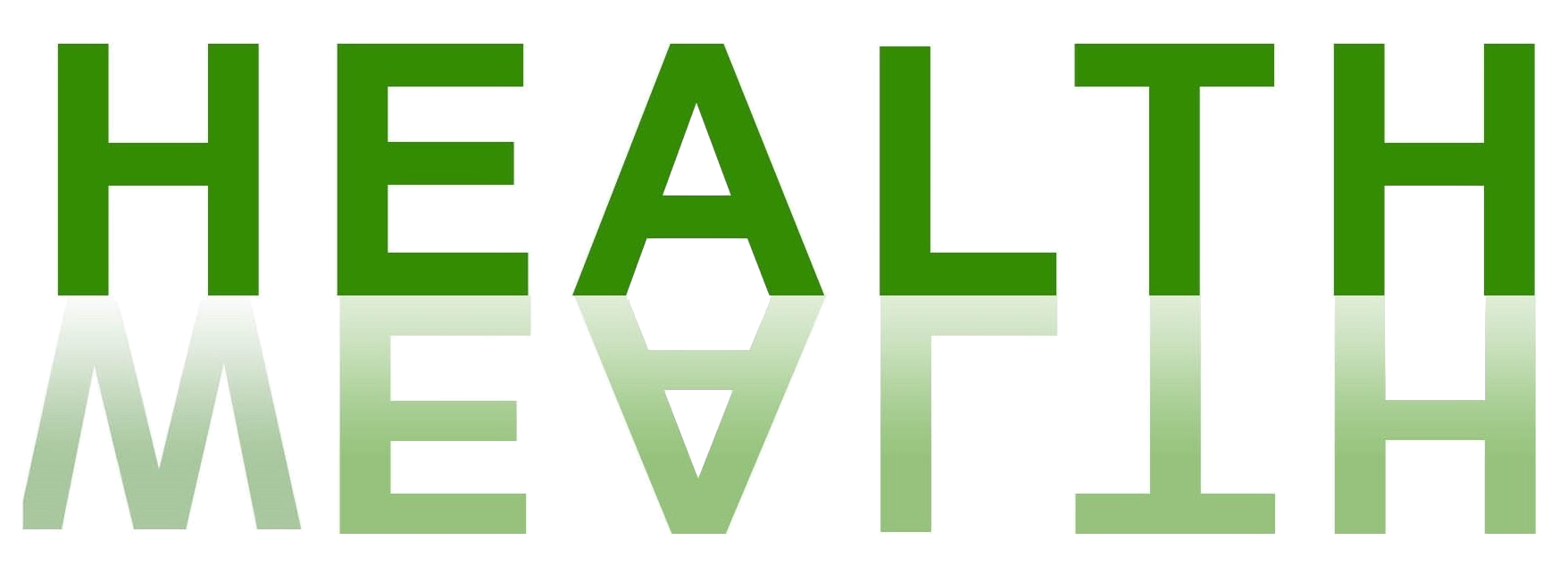Reading Labels 101: How to Read Labels to Choose Healthier Products
Food labels have a lot of information, it’s usually hard to know what you should be opting for and what it all means. But if you want to enhance your diet and make wise choices, it’s essential to get into the habit of checking the label.
First, to know the importance of food labels, let’s take look at why food labels were created.
The history and evolution of nutrition facts labeling.
Initially, food labeling emerged as a safety precaution for customers as a result of food borne illness outbreaks in the 1850s. One of the most remarkable deaths related to food borne illness at that time was the death of President Zachary Taylor after eating contaminated fruit and milk at a picnic.
Formation of strict guidelines for food handling and processing.
After this publicized death, the United States Department of Agriculture (USDA) came into being in 1862 by President Abraham Lincoln, which led to the formation of strict guidelines for food handling and processing.
Nevertheless, it would be 128 years before a recognizable nutritional facts panel was mandated on all food products.
Until the 1960s, most Americans prepared most of their meals at home from scratch. However, with a growing customer demand for prepared products came a need for detailed production information. By 1966, the USDA mandated that a list of ingredients must be placed on all products participating in interstate commerce due to consumer demand for accurate production information.

Nowadays, it is nearly impossible to avoid processed foods.
There are a total of 18 different types of additives and 14,000 chemical food additives that can be added to food. Since the 19th century, the food industry has continuously made new chemicals to handle, preserve, and transform our food.
With the use of chemicals, food experts are able to mimic natural flavors, color foods to help make them look more “fresh,” and preserve foods for longer and longer time.
The most common food additives include artificial coloring, high fructose corn syrup, Aspartame, Monosodium glutamate (MSG), Sodium benzoate, Sodium nitrite, and Trans fat. Americans consume 6 to 9 pounds of chemical additives in a year.
What most Americans do not understand is how harsh these food additives can be on the body.
What to look out for in a nutrition label.
Food labels are a source of very vital information for choosing healthy products. Right now, by law, all manufactured food must have a label. This information will help you know if the food is healthy enough to consume or not.

The following is a complete guide to reading the Nutrition Facts label.
Start with the serving size.
Look here for both the serving size (the amount people usually eat at one time) and the number of servings in the package.
Compare your portion size (the amount you eat) to the serving size listed on the panel. If the serving size is 1 cup and you consume 2 cups, you are getting twice the calories, fat and other nutrients listed on the label.
Look out for the total calories.
Understand how many calories are in a single serving. Although this shouldn’t be your focus either since cutting calories is not an effective long term way to lose weight or have a healthy relationship with food. Still, it can be helpful to know how calorie dense a food is to help make better choices. If a food is calorie dense, it better also come with a big punch of good for your vitamin, minerals (or help you absorb them as is the case with healthy fats).
Make the percent daily values your guide.
- Use percent Daily Values (DV) to help know how a specific food fits into your daily meal plan. Percent DV are for the whole day, not only one meal or snack.
- Daily Values are average levels of nutrients for 1 person eating 2,000 calories a day. A food item with a 5% DV of fat offers 5% of the total fat that a person having 2,000 calories a day should eat.
- You may need more or less than 2,000 calories a day. For a few nutrients, you may need more or less than 100 percent DV. Keep in mind we are all different and so our specific needs will vary!
- Low is 5 percent or less. Aim low in saturated fat (this means mostly animal fat), trans fat, cholesterol, and sodium.
- High is 20 percent or more. Aim high in vitamins, minerals, and fiber.
Look for the nutrition terms.
- Low cholesterol: 20 milligrams or less and 2 grams or less of saturated fat per serving.
- Low calorie: 40 calories or less per serving.
- Calorie free: Less than five calories per serving. These are usually full of “flavors” and manufactured sweeteners that are not good for you.
- Fat free/sugar free: Less than ½ gram of fat or sugar per serving. These can be catchy terms on a package but usually the fat or sugar taken out is replaced with some kind of chemical that may be worse.
- Reduced: At least 25% less of the specified nutrient or calories than the usual product.
- Good source of: Offers at least 10 to 19 percent of the Daily Value of a particular vitamin or nutrient per serving.
- High in: Provides 20% or more of the Daily Value of a specified nutrient per serving.
- Low sodium: 140 milligrams or less of sodium per serving.
Go for low in sodium, added sugars, and saturated fat.
- Consuming less saturated fat, added sugars and sodium can help cut down your risk for chronic diseases.
- Saturated fat and trans fat are associated with a higher risk of heart problems. However, some saturated fat is an essential part of a diet in the right amounts (around 20 grams per day) whereas trans fat should be avoided if possible.
- Eating excessive added sugar makes it hard to meet nutrient needs within your calorie requirement. Sugar can make a food high calorie without any of the true nutrition the body needs.
- High levels of sodium can contribute to severe high blood pressure.
Try to get sufficient vitamins, minerals and fiber.
- Opt for more fruits and vegetables to get more of what your body truly needs to thrive.
- When eating more packaged and processed food, it can be hard to get adequate nutrition from our diets. We need a balance of vitamins and minerals to help our bodies function optimally both on a cellular level and as a whole.
- Consume more fiber, potassium, vitamin D, calcium, and iron to have good health and help cut down your risk of different health problems such as osteoporosis and anemia.
- Remember to aim high for percentage DV of these nutrients.
Know about the additional nutrients.
You understand calories, but it also is vital to know about the additional nutrients on the Nutrition Facts label.
- Carbohydrates: There are 3 types of carbs: sugars, starches, and fiber. Consume whole-grain breads, cereals, rice, and pasta plus fruits and vegetables.
- Protein: A percentage Daily Value for protein is not needed on the label. Eat moderate amounts of lean meat, poultry, fish, eggs, milk, yogurt and cheese, plus beans and peas, peanut butter, seeds, and soy products.
- Fats: Not all fats are created equally. While healthy fats from fish, olive oil, seeds and nuts are considered essential to proper function and absorption of nutrients, eating saturated fat has a mix of expert advice. If you have a high risk of heart disease try to keep it at 20 grams or less per day. This means you can choose a variety of dairy and meat products that fit your needs (don’t be afraid of full fat!).
- Sugars: Simple carbs, or sugars, occur naturally in foods like fruit (fructose) and milk (lactose) or come from refined sources like table sugar (sucrose) or corn syrup. The 2015-2020 Dietary Guidelines for Americans recommends consuming no more than 10 percent of daily calories from added sugars.
Always avoid artificial.
Scan the ingredients list and stay away from products with artificial colourings, flavourings, additives such as sodium benzoate, partially hydrogenated oils (trans fats), nitrates and nitrites; artificial sweeteners (aspartame, acesulfame, sucralose, saccharin etc.), and anything that has MSG in it (sometimes hidden as yeast extract, textured vegetable protein, or hydrolyzed vegetable protein).
These artificial ingredients were not meant to be processed by our bodies. Some are manufactured specifically to cause strong cravings. Others have unknown effects while many are known carcinogens, such as caramel coloring. Some food additives lead to chronic inflammation, poor digestion, disease and weight gain.
Ingredients are listed in descending order.
Foods with more than one ingredient must have an ingredient list on the label. Ingredients are listed in descending order by weight.
Keep this in mind the next time your are looking at foods, particularly cereal. You will surprised to find that a lot of those so called “healthy” cereal have sugar (or some other word for it) listed in the top 3 ingredients!
The ingredients in the largest amounts are listed first. The ingredient listed last is present in the least amount. This information is particularly helpful to individuals with food sensitivities, those who wish to avoid pork or shellfish, limit added sugars or people who prefer vegetarian eating.
If an ingredient makes up less than 5% of the food, it does not have to be listed. Where there are very tiny amounts of multi-component ingredients, it is allowed to list ‘composite’ ingredients only: for example, if it says ‘chocolate’ in a choc chip dessert. This does not apply to any additive or allergen, these must be listed, it doesn’t matter how small the amount.
Fats, sugars, and salt on food labels.
The ingredient list will show the contents of a product. However, if you are trying to avoid fat, sugar or salt, they may be added in different forms and scattered all over the ingredients list.

For example, ingredients that can have fat are:
- hydrogenated oils
- butter
- beef fat
- sour cream
- full-cream milk powder
- Cream
- lard
- shortening
- coconut
- coconut oil or palm oil
- copha
- dripping
- mayonnaise
- vegetable oils and fats
- egg
- mono-, di- or triglycerides

Ingredients that can have sugar are:
- fruit juice concentrate/fruit paste
- fruit juice
- brown sugar
- dextrose
- corn syrup
- Disaccharides
- glucose
- fructose
- golden syrup
- Honey
- malt
- lactose
- maltose
- Mannitol
- molasses
- maple syrup
- monosaccharides
- raw sugar
- Sorbitol
- xylitol
- sucrose
- Sugar cane syrup
- brown rice syrup

Ingredients that can have salt are:
- seasoning
- sea salt
- rock salt
- sodium
- baking powder
- booster
- celery salt
- garlic salt
- meat or yeast extract
- onion salt
- monosodium glutamate (MSG)
- sodium metabisulphate
- sodium bicarbonate
- sodium nitrate/nitrite and stock cubes

Food labels can help people with allergies or intolerances.
The major foods or ingredients that can cause severe adverse reactions must be declared on the label no matter how small the amount.
Common foods that can cause allergies include peanuts, other nuts, seafood, fish, milk, gluten, eggs, soybeans.
Some labels can also state ‘may contain’ since there is a possibility that traces of an allergen can be present in a food unintentionally, such as food processed on the same equipment as products that contain nuts.
There must also be information to warn people of a potential health risk from some ingredients, for example,:
- royal jelly
- Aspartame
- Quinine
- Caffeine
- Guarana
- unpasteurized milk
- raw egg
Secrets of understanding the ingredient list.
- Ingredients ending in “ose” are all types of sugar (fructose corn syrup is a complicated name for a cheap artificial sugar).
- Sodium has different names: salt, sodium benzoate, disodium, sodium nitrate or monosodium glutamate (MSG).
- If food has partially hydrogenated oils, it has trans fats. Trans fats boosts your bad cholesterol (LDL) and cut down your good cholesterol (HDL).
- Stay away from all foods with vague ingredients like “natural flavors” or “spices”. These terms are used to avoid revealing the actual content of the food so you don’t know exactly what you are consuming.
- Foods that claim to have whole grains or multi-grains tend to have more sugar than grains.
- Enriched and bleached flours are different ways to say white flour.
- The longer the ingredient list, the more processed the food.
- Benzoate is a food preservative that deprives our body’s cells of oxygen and is suspect for causing cancer.
- Propyl Galate is an artificial food additive that is banned in other countries as it can cause severe allergic reactions as well as kidney and liver problems.
What to do the next time you’re shopping
Reading labels may seem overwhelming after reading through all the parts. Here are some simple ways to start making label reading a part of your shopping routine. Once you take the time then you will start to know which products to avoid and which to love!
- Don’t fall for fancy advertising on the box like natural, low-fat, sugar free, healthy, etc. Actually look a the ingredients!
- Look for products that have fewer than 3 ingredients when possible. This is where choosing whole foods that don’t need labels becomes a game changer to your healthy diets. Remember, whole grains, fruits and vegetables don’t need labels because there is nothing hidingin them!
- If you can’t pronounce some of the ingredients, put it back. This is a great way to help you choose between products.
- Look for non-GMO and Organic labels to minimize your exposure to pesticides, hormones and support sustainable farming practices.
- Strive for a mix of colors and varieties of fruits and vegetables. These are the foods are body was meant to eat as they are nutrient dense and provide the fiber you need. 5 servings is the current recommendation but more is better, up to 10 is ideal!
You may find as you become a pro at reading labels that you gravitate toward more whole food choices. You may also find that cooking and eating meals from scratch can be delicious and easy. Plus, they can better for your budget (especially if you buy in bulk) and you can rest assured that you know exactly what is in your meals!
Health Means Wealth really hopes this article helps in your quest for health and as always feel free to contact us with questions and comment below. Don’t forget to subscribe to our newsletter and find us on social media for more up to date health education.



